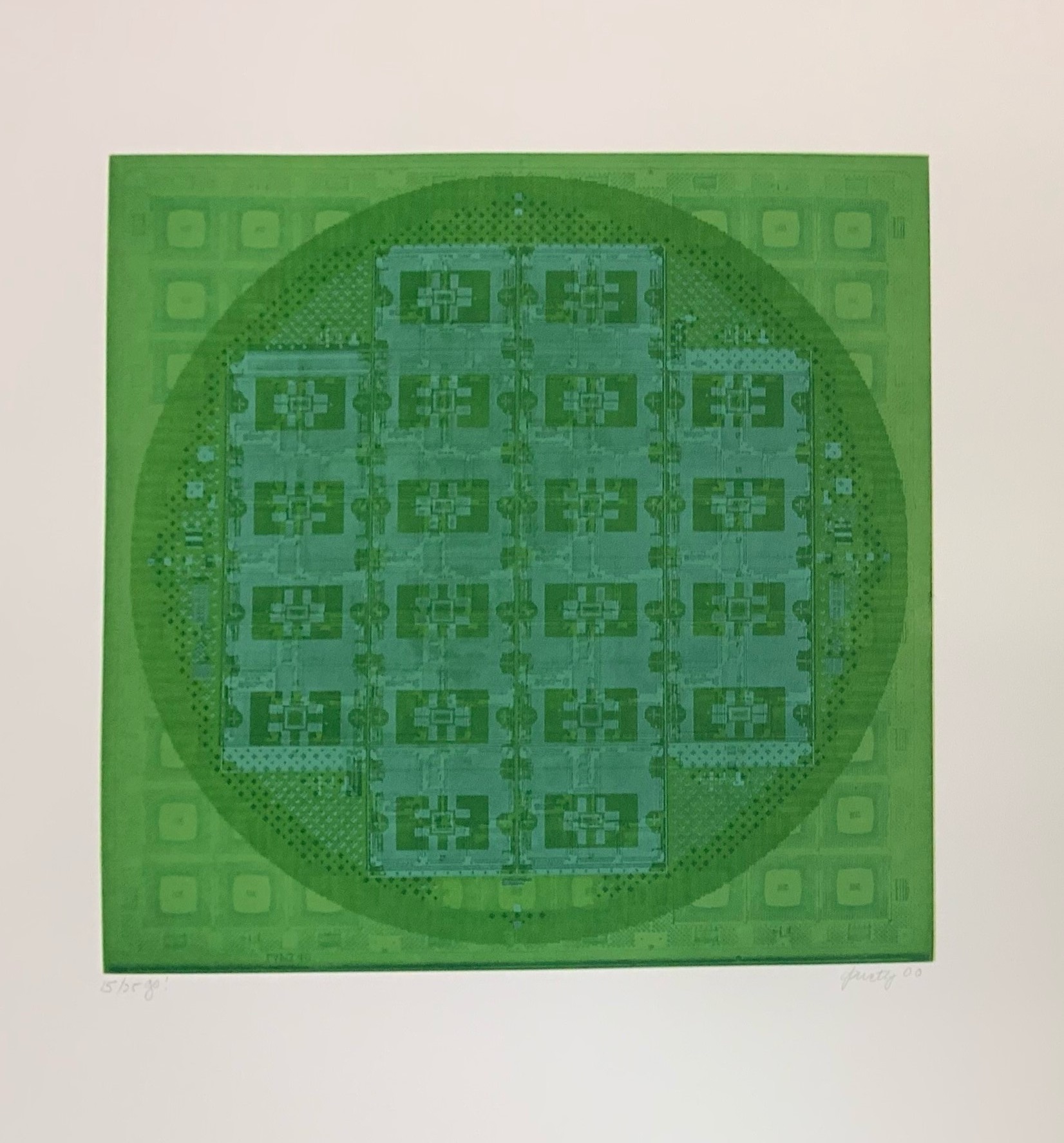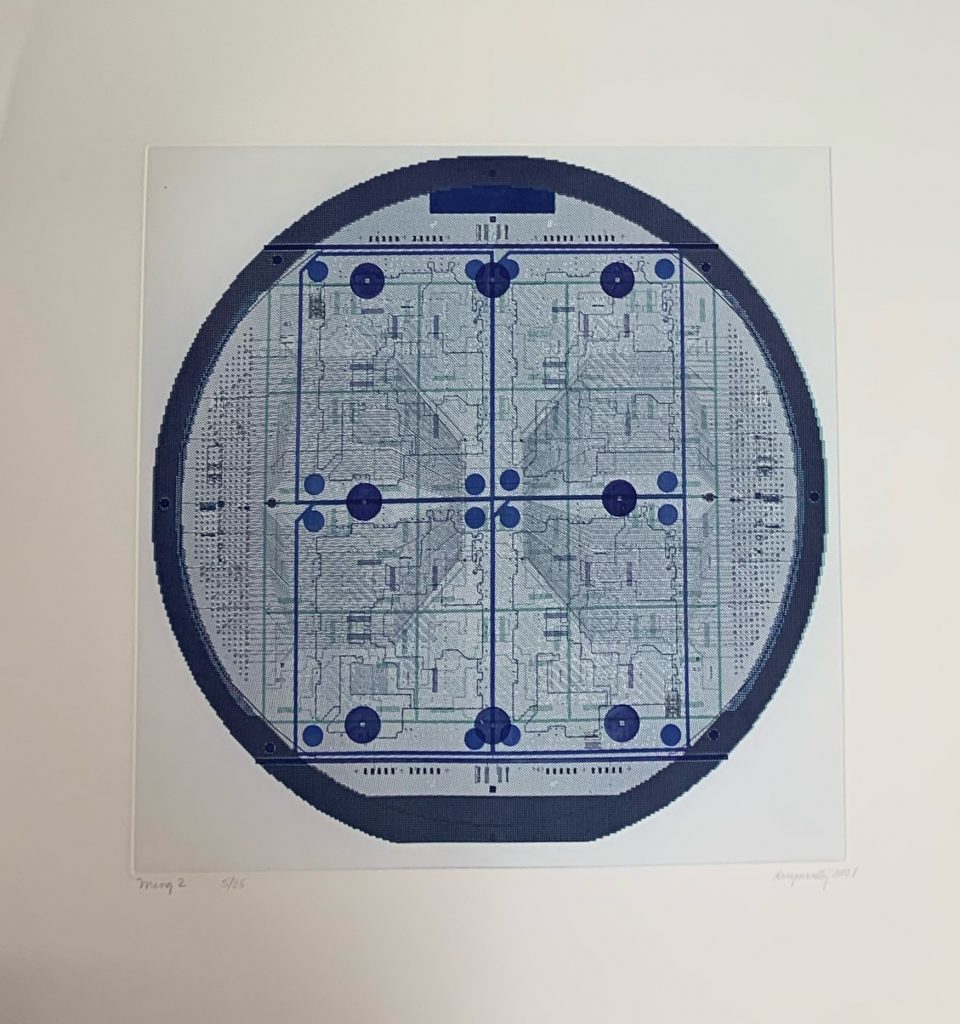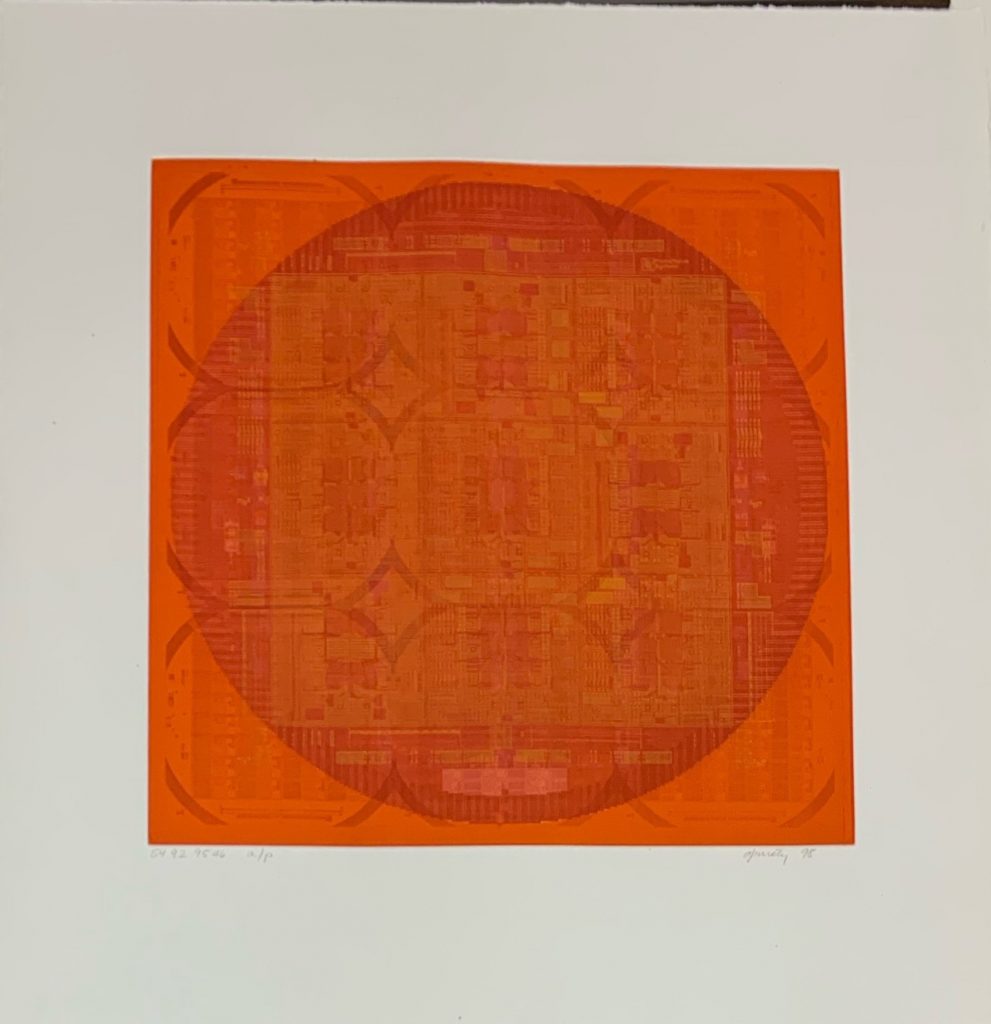
Announcing the 2020 DFW Art Allure
Deb Grove, artist and generous member of Dining for Women’s CA, Orinda-1 chapter, has donated many pieces of art, each valued at $1,000, for DFW donors who give $5,000 or more in 2020! Donors will be contacted to select their piece of art after their gift is received. The 2020 Art Allure will run until art is unavailable. The full collection will be announced in an email to members soon.
 Deb is a wonderful artist who knows how challenging the pandemic has been on fundraising, especially for an organization like DFW that counts on in-person meetings to raise money. She is completely dedicated to global gender equality, and her career is a testament to that. Deb says, “I am providing incentives that will increase gifts significantly to Dining for Women’s fundraising in such a difficult year. This brings purpose to my year of sheltering in place, and empowers me to give more, as other artists are as well.”
Deb is a wonderful artist who knows how challenging the pandemic has been on fundraising, especially for an organization like DFW that counts on in-person meetings to raise money. She is completely dedicated to global gender equality, and her career is a testament to that. Deb says, “I am providing incentives that will increase gifts significantly to Dining for Women’s fundraising in such a difficult year. This brings purpose to my year of sheltering in place, and empowers me to give more, as other artists are as well.”
This is how she describes her career and the art that she has donated:
I was an early woman in information technology. After I graduated with an MBA in 1976, I was hired as a Marketing Assistant in a division of TRW that sold bank terminals internationally. That company went on to market word processors, and that is how I got my education in office appliances. I moved to Hong Kong in 1981, and I started to write a column about Office Automation and that blossomed into consulting assignments, national conference speaking and panelist opportunities, and a wonderful time to start my own company which was acquired by a market leader.
In 1988, when I got married and returned to California, I wanted to start a family and pulled back from my high-tech career. My ex-husband worked with early silicon wafers, and I gleefully grabbed all the manufacturing rejects that his company would give me and started to make art with them. I tried to cut them, glue them, make sculptures, and after about six months experimented printing with them using handmade Arches papers.
I saw the materials in front of me as the physical embodiment of ‘computing’, ‘the internet’, and ‘the cloud’. The silicon wafers were what enabled the servers to hold and send information around the world as never before.
 Once I had my technology for experimenting, I began to understand how my materials were a metaphor for how the world was changing. When the Supreme Court first permitted electronic submissions, not just paper documents, I made art using original letters, deeds, photographs, etc. from the 1890s to the 1930s to demonstrate the transition from memory albums to online databases.
Once I had my technology for experimenting, I began to understand how my materials were a metaphor for how the world was changing. When the Supreme Court first permitted electronic submissions, not just paper documents, I made art using original letters, deeds, photographs, etc. from the 1890s to the 1930s to demonstrate the transition from memory albums to online databases.
When Dolly, The Sheep was cloned, I experienced an aha moment: the whole idea of originals versus copies had just been turned on its head. After completing 80 or so of those works in shades of grey to brown, the palate seemed too tame. I settled on four-plate prints (the paper goes under the press four times for each image) with vibrant inks to make my Numbered Series and over the years, I made many.
My first customer was Fogg Art Museum at Harvard: other university museum acquisitions followed. My first exhibition was at Stanford University in the Education Building. Around 1997, the state of the art had changed so dramatically (see Gordon Moore’s Law) that the silicon wafers of the kind I used were archaic – but they still served my purposes, using them as metaphors for cyberspace, infinite digital storage, gigabytes, and eventually, the Internet of Things.
